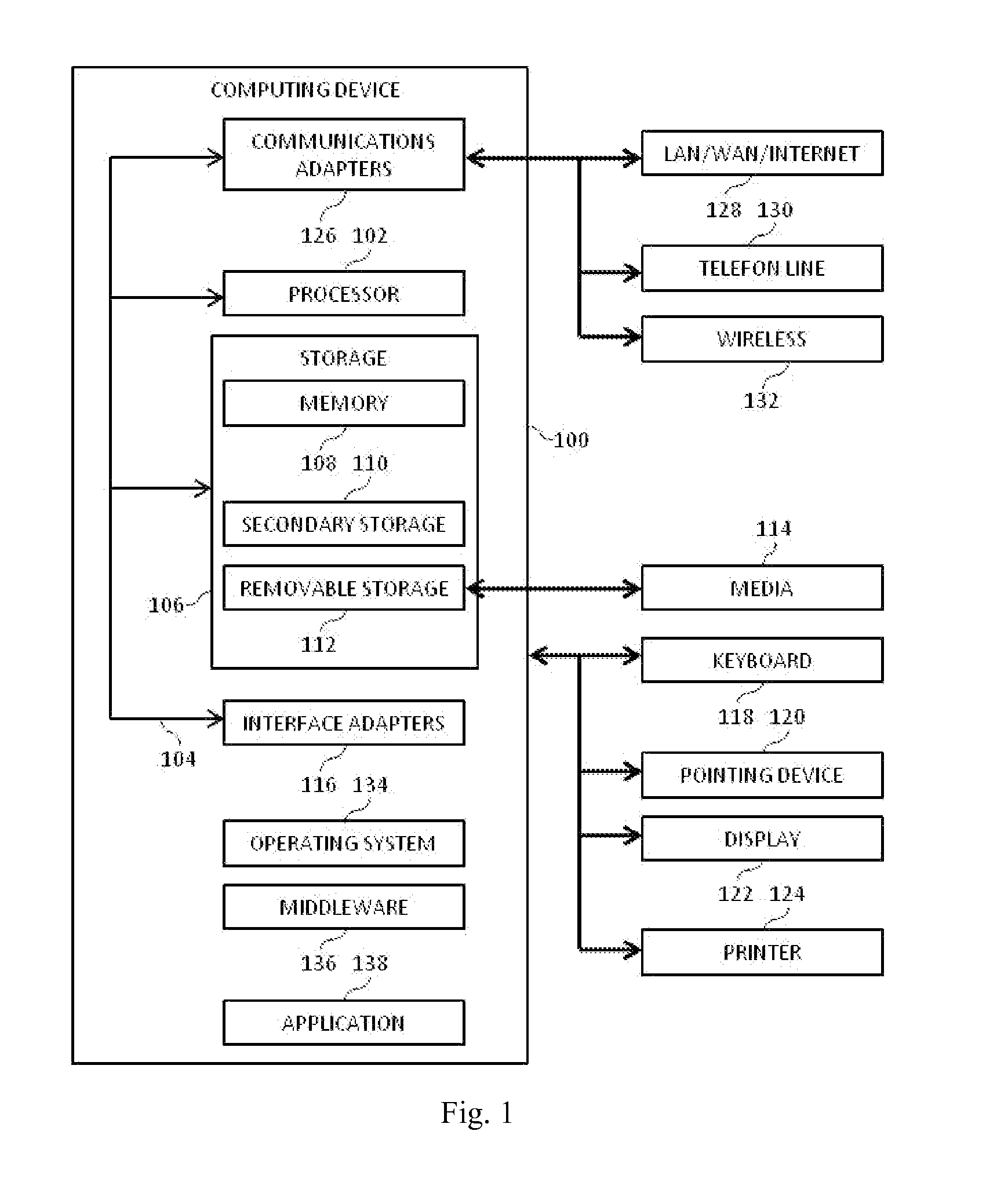Method, computer program product, and system for non-blocking dynamic update of statically typed class-based object-oriented software
a technology of statically typed object-oriented software and dynamic update, which is applied in the field of dynamic update of statically typed class-based object-oriented software, can solve the problems of disruption of service, serious repercussions on customer service, and risk of jeopardizing security and safety
- Summary
- Abstract
- Description
- Claims
- Application Information
AI Technical Summary
Benefits of technology
Problems solved by technology
Method used
Image
Examples
Embodiment Construction
[0060]As indicated above, the present invention provides a system, method and program product for non-blocking dynamic update of statically-typed class-based object-oriented software, executing in a virtual machine on an actively running desktop, server, mainframe or embedded computing device. Specifically, the present invention provides dynamic update by performing transformation on the byte-code of class definitions that enables them to be updated dynamically. Updating of classes takes effect at the granularity level of modules. Changes that do not break module API compatibility with previous running versions have no impact beyond the module itself. The ones that violate the binary compatibility rules [2] expand the update set to also include new API compatible module versions for all running dependents. Changes during updating may include; changing method bodies, adding / removing methods, adding / removing constructors, adding / removing fields, adding / removing classes, changing inter...
PUM
 Login to View More
Login to View More Abstract
Description
Claims
Application Information
 Login to View More
Login to View More - R&D
- Intellectual Property
- Life Sciences
- Materials
- Tech Scout
- Unparalleled Data Quality
- Higher Quality Content
- 60% Fewer Hallucinations
Browse by: Latest US Patents, China's latest patents, Technical Efficacy Thesaurus, Application Domain, Technology Topic, Popular Technical Reports.
© 2025 PatSnap. All rights reserved.Legal|Privacy policy|Modern Slavery Act Transparency Statement|Sitemap|About US| Contact US: help@patsnap.com



